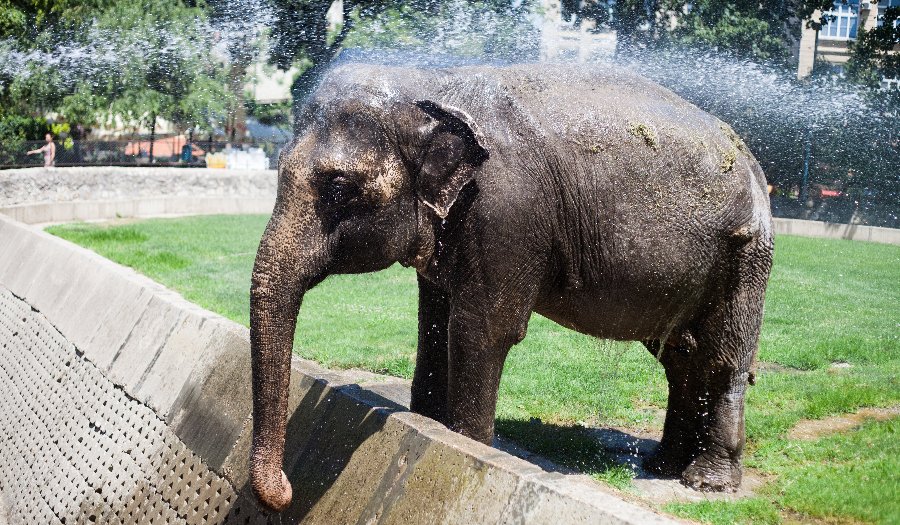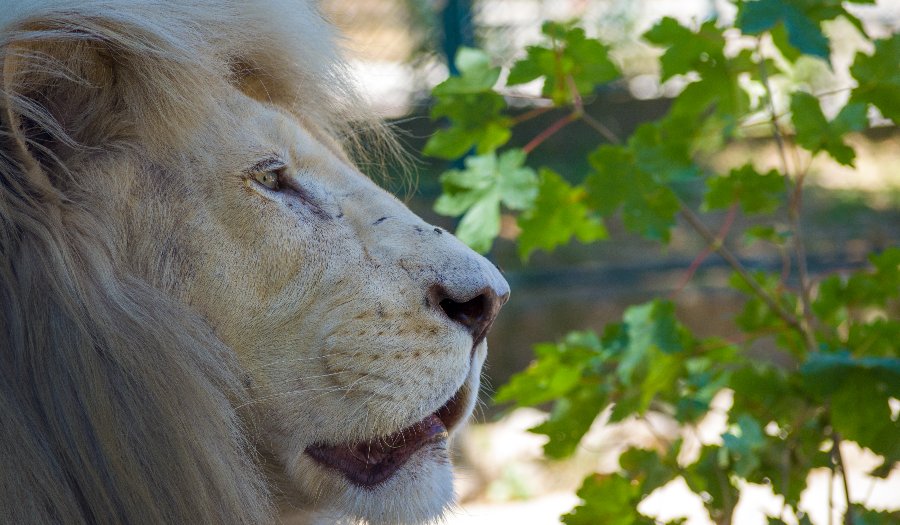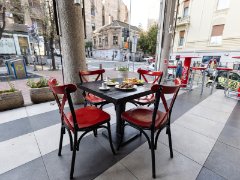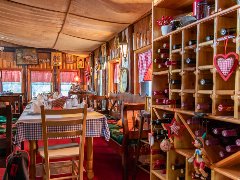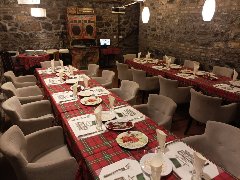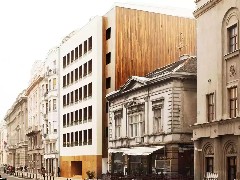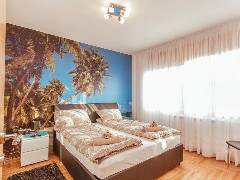OPEN NOW CLOSES IN 40 MIN
The Belgrade Zoo was founded in the year 1936. It was founded by the mayor of that time, the industrialist Mr. Vlada Ilic. It was ceremonially opened on the day of St. Peter – July 12th. Soon upon the opening, the Belgrade zoo became one of the most preferred places where the Belgrade citizens used to come. It has also hosted several times the members of the royal family Karadjordjevic. The first inhabitants of the zoo were: lions, leopards, polar and brown bears, wolves, makaki and mangabey monkeys, blackbucks, buffalos, zebus, bighorn sheep, deer, roe deer, storks, gruiformes, peafowls, common pheasants, owls, pelicans and parrots.
When formed, the Zoo occupied a space somewhat bigger than three and a half hectares. Soon later it was widened to seven and then, with the construction of the restaurant "Kalemegdanska terasa" ("The terrace of Kalemegdan") and the annexation of one part of "Donji grad", even to more than fourteen hectares, and on that surface it met the World War II. During the World War II, the Zoo was bombed twice: for the first time in 1941 by the German fascists and then also by the allies in 1944. Almost the whole fund of animals was destroyed. Due to the destruction and drastically reduced number of exhibits, the surface of the Zoo was, unfortunately, reduced after the war to about seven hectares, which is how much it occupies today.
The Belgrade Zoo was founded in the year 1936. It was founded by the mayor of that time, the industrialist Mr. Vlada Ilic. It was ceremonially opened on the day of St. Peter – July 12th. Soon upon the opening, the Belgrade zoo became one of the most preferred places where the Belgrade citizens used to come. It has also hosted several times the members of the royal family Karadjordjevic. The first inhabitants of the zoo were: lions, leopards, polar and brown bears, wolves, makaki and mangabey monkeys, blackbucks, buffalos, zebus, bighorn sheep, deer, roe deer, storks, gruiformes, peafowls, common pheasants, owls, pelicans and parrots.
When formed, the Zoo occupied a space somewhat bigger than three and a half hectares. Soon later it was widened to seven and then, with the construction of the restaurant "Kalemegdanska terasa" ("The terrace of Kalemegdan") and the annexation of one part of "Donji grad", even to more than fourteen hectares, and on that surface it met the World War II. During the World War II, the Zoo was bombed twice: for the first time in 1941 by the German fascists and then also by the allies in 1944. Almost the whole fund of animals was destroyed. Due to the destruction and drastically reduced number of exhibits, the surface of the Zoo was, unfortunately, reduced after the war to about seven hectares, which is how much it occupies today.


